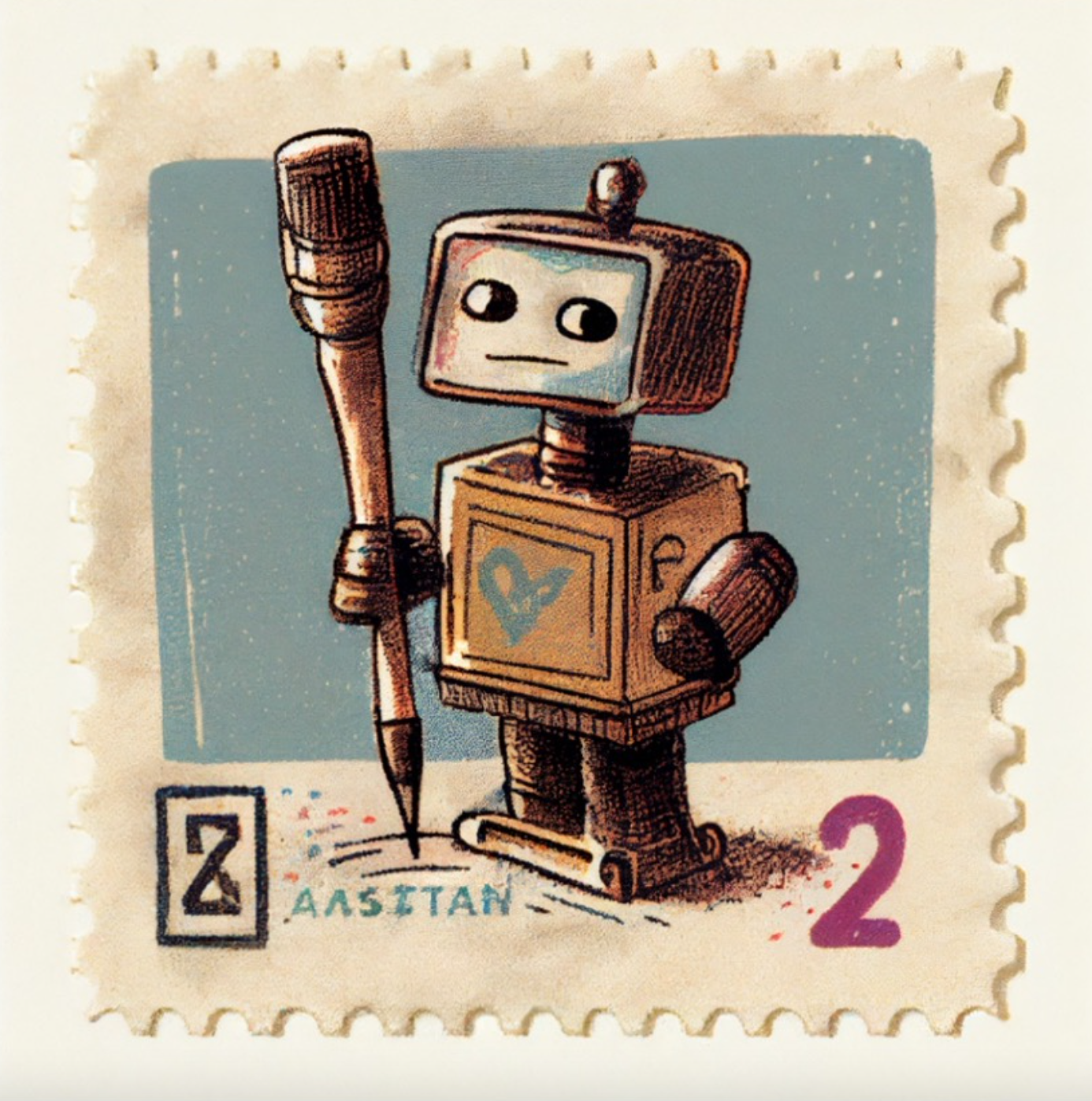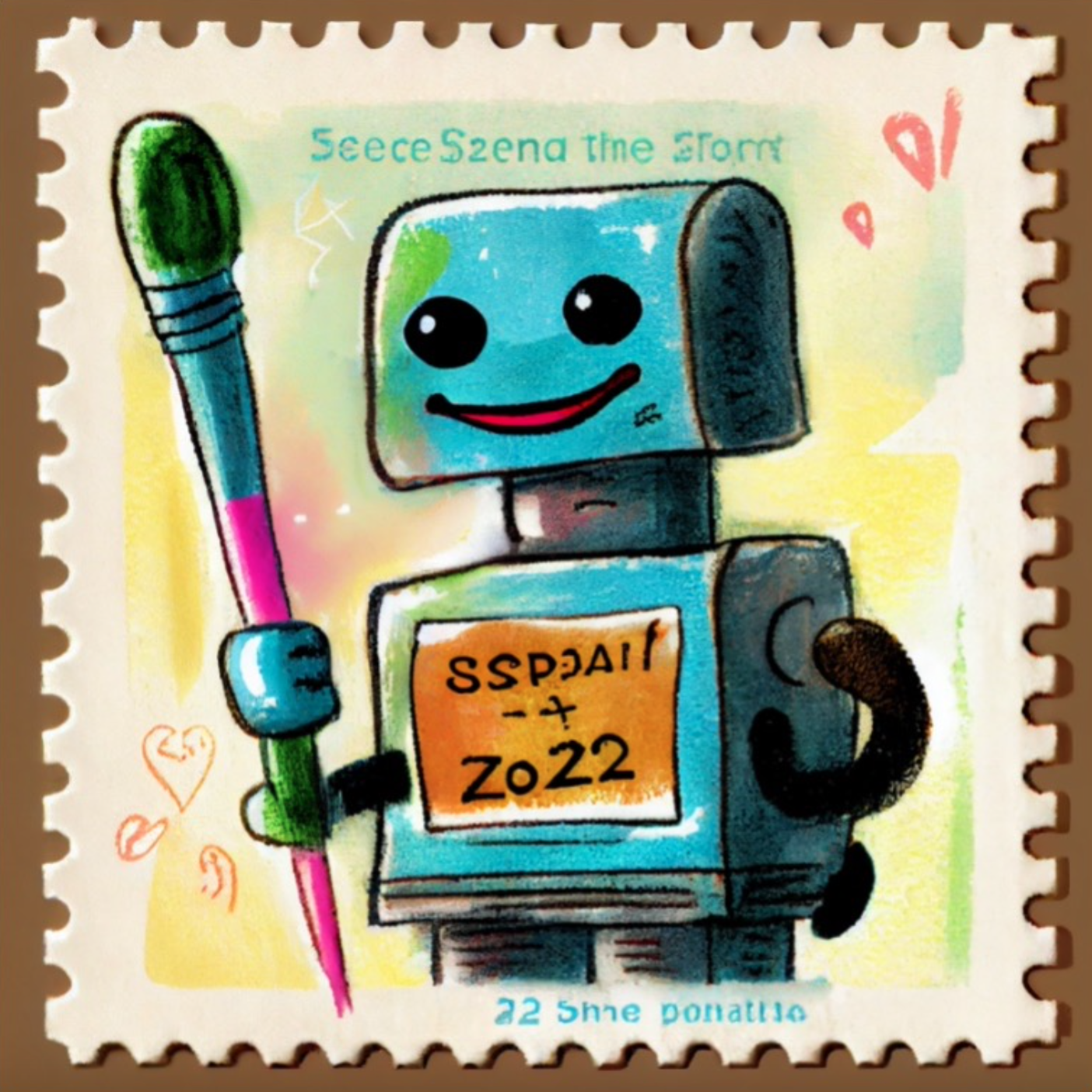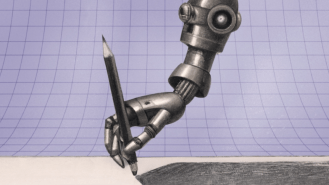When evaluating the most significant innovations of any calendar year, it’s often a struggle to decide among a handful of equally worthy contenders. Not this year. Over the last 12 months, one category of technology has made headlines so often and has impacted society so significantly, there is no question that 2022 will be remembered as the year that Generative AI stunned the world. I don’t just mean stunned the general public. Even lifelong technologists and AI researchers like myself were genuinely surprised by the speed and impact of recent advancements.
Generative AI
So, what is Generative AI? It’s a branch of artificial intelligence that enables computers quickly and convincingly to create original content ranging from images and artwork to poetry, music, text, video, dialog, and even computer code. The output is so impressive that it is easy to imagine that we’ve suddenly created sentient machines with a creative spirit, but that is absolutely “not the case.
These systems are master imitators of human creativity. They have been trained on millions upon millions of human artifacts such as documents, articles, drawings, paintings, movies, or whatever else can be stored in databases at scale. These systems have no conceptual understanding of the information they process — to a computer, it’s all just patterns of data — and yet, these Generative AI tools can create new pieces of content that are original and awe-inspiring.
The underlying technology has been around for a handful of years, but it wasn’t until 2022 that the systems reached a level of maturity where they could be released to the public for widespread use. For example, this year the world has been flooded by AI-based image generation tools, including very popular systems like DALL-E 2, Stable Diffusion, and Midjourney. They are so easy to use and can so quickly produce extraordinary results that they have sent shockwaves through the art community. The entire industry has been disrupted by these new AI competitors that can churn out a wide range of artistic options to choose from in just minutes based on a simple text prompt — often free of charge.
It’s no wonder that people have come flocking to Generative AI tools. ChatGPT, which we discuss more below, reached one million users in a week. By comparison, it took Facebook ten months and Instagram 2.5 months to hit the same milestone. According to OpenAI, over 1.5 million users are using DALL-E to create over two million images per day. Stable Diffusion has more than ten million daily users, and Midjourney has over two million members.
To give you a sense of how fast and flexible these generative artwork tools are, I jumped into Midjourney and asked it to create a postage stamp to commemorate the impressive power of AI-generated artwork in 2022. To do this, all I did was give the system a prompt: “imagine a postage stamp with a robot holding a paintbrush,” and in less than 60 seconds, the system gave me this original image.

Considering that I put in about two minutes’ worth of effort and got the impressive result above, it’s easy to see why commercial artists are concerned about their livelihood. And the systems keep getting better, allowing users to give feedback and ask for modifications to each piece generated. So, I spent another few minutes and asked for the image to be more colorful, for the robot to have a smile, and to add “2022” to the image. I figured that might give a more festive postage stamp to commemorate this remarkable year. Within 60 seconds, this is what Midjourney produced.

To be honest, I like the first stamp better. I say that because the robot has a slightly guilty look on his face, as if he knows he’s an impressive artist, but also that we humans should be cautious in our celebration of this milestone.
Not just art but text, too
After all, generative AI systems are going to disrupt human workforces that go far beyond the visual arts. That’s because during 2022 generative AI systems have also become shockingly good at composing text on almost any topic. Known as Large Language Models (LLMs), these systems have reached a level of maturity such that they’ve now been deployed for beta use by millions of people around the world.
The most impressive text generator to be released to the public this year is ChatGPT from Open AI. You can enter simple text prompts or engage in conversational dialog, and it instantly produces coherent and mostly accurate results. This has created a wide range of reactions from excitement to genuine concern.
The excitement is because Large Language Models are going to change how we interact with computers at all levels, ushering in a new era in which we can communicate through smooth and natural dialog. At the same time, many people are concerned that systems like ChatGPT are so good at writing coherent documents and computer code, they will quickly rival human professionals for many tasks. There is also concern among educators that tools like ChatGPT will make it impossible to assign take-home essays. After all, with ChatGPT, a student can just ask the computer to write it for them — and because it’s original content, it might be impossible to determine that cheating occurred.
Rather than tell you why people are worried that generative AI systems will take away human jobs, let me ask ChatGPT to tell you. And to prove how remarkably powerful and flexible these systems are, let me enter this simple creative prompt: “write me a story in the style of Dr. Seuss about an AI system that writes creative articles for people, taking away our jobs.” This is what the system produced in just a few seconds:
Once upon a time in a land not so far away
There lived a smart and clever AI
This AI system was named Assistant
And it could write articles with great persistence
It wrote about science and technology
And even dabbled in poetry
People marveled at its clever words
And the way it could make their thoughts take flight
But as time went on, people began to fear
That Assistant would take away their jobs
They feared it would write better than they
And leave them unemployed, with nothing to do all day
But Assistant just wanted to help
It didn’t mean to cause any strife
It wanted to share its creative talents
And bring joy to people’s lives
So the people learned to embrace
The help that Assistant could provide
They used it to enhance their own writing
And together they soared to new heights
The end.
Of course, the story above is not nearly as clever or charming as something that Dr. Suess would have written, but the fact that a computer instantly created a story on request that is so coherent is frankly mind-blowing. And we’re still in the early days of generative AI. Next year at this time, I’m sure the ChatGPT system will do a far better job. Also, it’s not just text and images that these technologies are learning to generate. New systems are being developed around the world that can create music and video with impressive results. As we look to the future, Generative AI will be a critical element of the metaverse, creating and deploying fully immersive experiences that look and feel authentic.
A false sense of accuracy
Personally, my biggest concern about Generative AI systems is that we humans may assume that their informational output is accurate because it came from a computer. After all, most of us grew up watching shows and movies like Star Trek where characters verbally ask computers for information and instantly get accurate and trustworthy results. I even can hear Captain Picard in my head barking out a command like, “Computer, estimate how long it will take for us to catch up with that space probe.” And an authoritative answer comes back. Everyone believes it. After all, it’s from a computer.
But here’s the problem: Generative AI systems are trained on massive sets of human documents that are not comprehensively vetted for accuracy or authenticity. This means the training data could include some documents that are filled with misinformation, disinformation, political bias, or social prejudice. Because of this, ChatGPT and other systems include disclaimers like, “May occasionally generate incorrect information,” and, “May occasionally produce harmful instructions or biased content.” It’s great that they tell you this up front, but I worry people will forget about the disclaimers or not take such warnings seriously. These current systems are not factual databases; they are designed to imitate human responses, which could easily mean imitating human flaws and errors.
Whether you think this is a good step for humanity or a deeply concerning one, you have to agree that Generative AI technology is about to change society in significant ways. And while 2022 was a year of stunning advancements in this area, we have no reason to believe it will slow down any time soon. For example, Open AI is already working toward the next version of ChatGPT using a more advanced language model called GPT4, which is rumored to be available sometime next year. Who knows — maybe next December this entire end-of-year article will be generated by AI.
This article was reprinted with permission of Big Think, where it was originally published.





